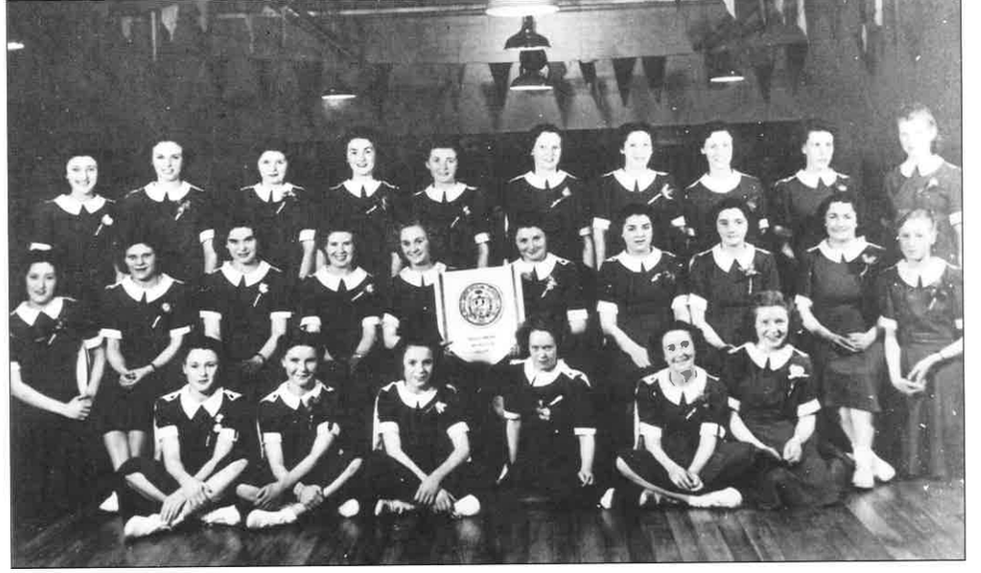|
Agnes McConnell (Close), was born in 1901 at 1 Railway Street, Ballymena. It isn't clear who taught Agnes McConnell to dance in the Irish style promoted by the Gaelic League, but Ballymena was a hub of traditional dancing in Agnes’ formative years, and the Protestant Hall in the 1910s and 1920s regularly accommodated Irish night festivities.
Agnes ran what the family called the “original and only dancing club in Ulster” in Railway Street from at least the late 1920s, if not earlier. Most of the McConnell siblings were involved in dancing, including Sam (b.1911), Fred (b.1915) and Pearl (b.1920). The children grew up in Harryville, a working class area of town that provided manpower for the local linen mill. Most of Agnes McConnell’s aunts and uncles worked at the mill — her mother, Margaret was a spinner and her father, David, a fitter. The McConnell family, who belonged to the Church of Ireland, would not have been part of the Gaelic League’s new dawn of saffron and green. Those Protestants involved in the Gaelic League revival of the early 1900s tended to be from middle class or aristocratic stock. Harryville was a unionist, working class and Protestant heartland where the voices were ‘broad Scotch’ and a Twelfth of July arch was decked out in in red, white and blue. The McConnells appear at the 1929 Ballymena festival as ‘The Shamrock team,’ featuring Miss Pearl McConnell, younger sister of Agnes. Their performance was noted by adjudicator, Mr Denis Cuffe, as the finest he’d seen in a life-time. In subsequent years, the McConnell dancers were entered into competitions under the name of ‘Miss McConnell’s school.’ Sally McCarley, who later taught her cousin, Sadie Bell (née Kernohan), was instructed by Agnes McConnell in the early 1930s. Sadie, who set up the Seven Towers School of Irish dancing in 1950, also
1 Comment
|
ProseHistory & folkloreJean Park of Ballygally
Fiddles and Melodeons Martha Taylor's diary Jean McCullagh at 104 Ballymena & the McConnells Arms in Irish Dancing Catholics & Protestants in Irish dancing Dancing in Victorian Ulster Essays
|

 RSS Feed
RSS Feed